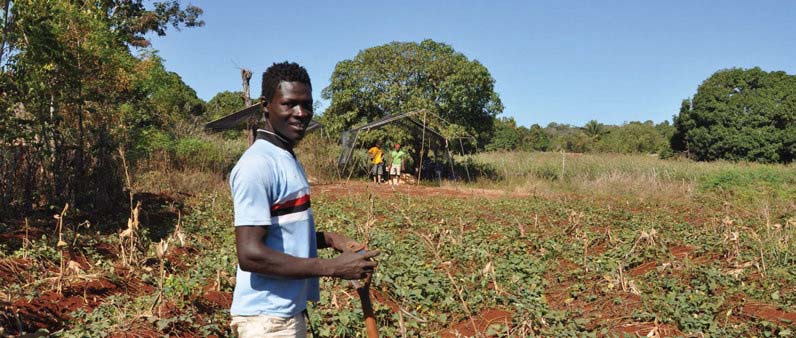Gonâve island, fifteen kilometres wide and sixty kilometres long, lies under the Haitian sun. What once would have been a rich ecology is now as seriously degraded as the mainland. Even in its degraded state 50,000 sought refuge there after the 2010 earthquake.
While most refugees have since returned to the mainland, there are 100,000 people who live permanently on the island. Most live a subsistence life based on charcoal production, agriculture and fishing, but after decades of charcoal production the island’s fertility and water resources are seriously degraded. Locally produced foods still include flour (mainly cassava), coffee, fruit and fish, but ninety per cent of the island now relies on food imported on the local ferry, mostly unhealthy products or aid food.
There is no running water or sewerage and as the level of groundwater has dropped many village wells now have reduced inflow. Many households survive on meagre amounts. A 2011 survey showed the average water use per person was only 7 l/person/ day. This is one of the most waterpoor communities in the world. One household offered their ‘coping strategy’ as saving their urine each night so they could use it the next day if they couldn’t find water. Many households use dirty water, as that’s the only water available. Water-borne diseases of diarrhoea and typhoid are common and cholera outbreaks have also been occurring. There is extraordinary human deprivation in these communities. There is only two kilometres of paved road on the whole island and electricity only in the main town between 6 pm and midnight, most days. There are virtually no government services of schools, roads, police, electricity, reticulated water or health services. The communities fend for themselves.

